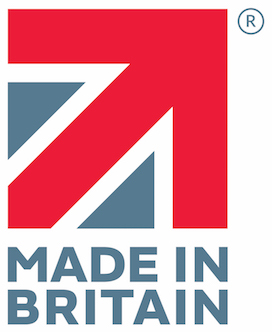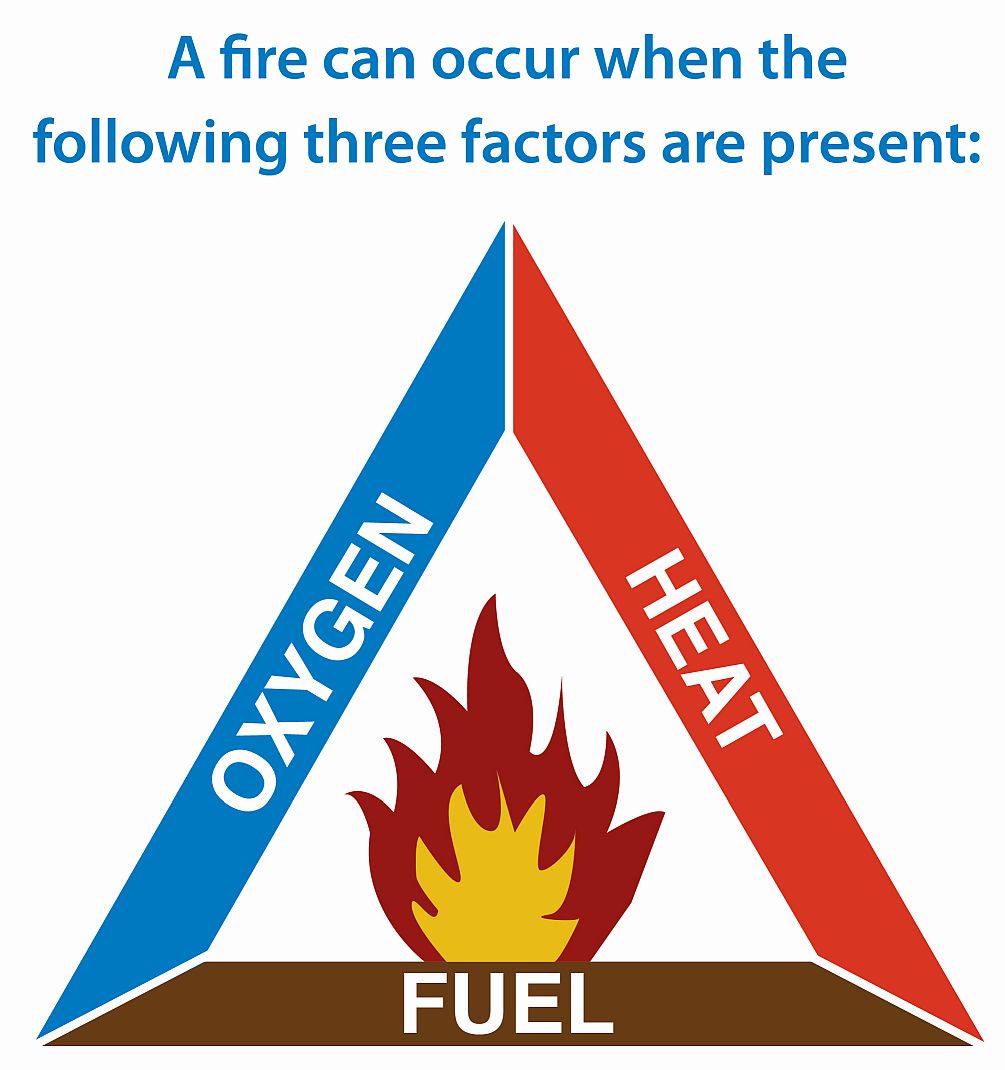Is Your Veterinary Practice Oxygen Safe?
Elevated oxygen concentration is a vital tool in the successful recovery of animals from a variety of conditions, but when combined with other elements of an intensive care unit (electronics, fans, heaters, etc. which can be a source of ignition) it can pose a very real fire risk if the hazards aren’t properly controlled and your intensive care unit hasn’t been specifically designed to control this risk.
How Vetario Veterinary T40M & T50M ICUs Control the Risk of Fire
Electrical ignition is the primary cause of oxygen-related fires in clinical settings. Oxygen is colorless and odorless and so a leak or buildup can easily be undetected.
In a veterinary ICU the oxygen concentration may be elevated, the fuel can be cloth, dust particles, or the patient’s fur – the heat source is most commonly generated by electronics and motors. The Vetario T40M & T50M ICUs control the risk of fire by removing all electrical and electronic sources of ignition for the oxygen-enriched environment, even in single-fault conditions (such as a leaking oxygen hose connection, electronic component fault, soiled air filters, or power interruption).
The Vetario TM ICUs have been checked by BSI (British Standards Institute) as being appropriate for the risks involved and conform to the oxygen fire safety clauses of the medical electrical equipment, Part 1: General requirements for basic safety and essential performance, (IEC 60601-1) standard. Furthermore, the USA FDA has evaluated the operating and safety procedures for the Vetario TM models and designated them as RX Prescription-Only for use in veterinary environments.
How do higher oxygen concentrations affect a fire?
Oxygen is an essential element of combustion and when normal atmospheric concentration levels (21%) are exceeded the risk of fire increases and fire risk assessments need to take this into account.
‘Even a small increase in the oxygen level in the air to about 24% can create a dangerous situation. It becomes easier to start a fire, which will then burn hotter and more fiercely than in atmospheric air and may be impossible to put the fire out. Increase the concentration of oxygen due to leaking valve or hose in a poorly ventilated room or in confined space can quickly create a dangerous level.’ (www.sciencerepository.org/fire-and-explosion-hazards_JCMCR-2021-2-101)
Summary
- Veterinarians are responsible for ensuring a safe working environment.
- Assessment of the risk of a fire in an oxygen-enriched intensive care unit is vital for veterinary practices.
- Always choose ICUs with independently verified oxygen-safe designs.
Vetario T40M and T50M Intensive Care units are the best way to control the risk of fire during animal intensive care.
Find out more by reading our informative Oxygen Safety leaflet.


